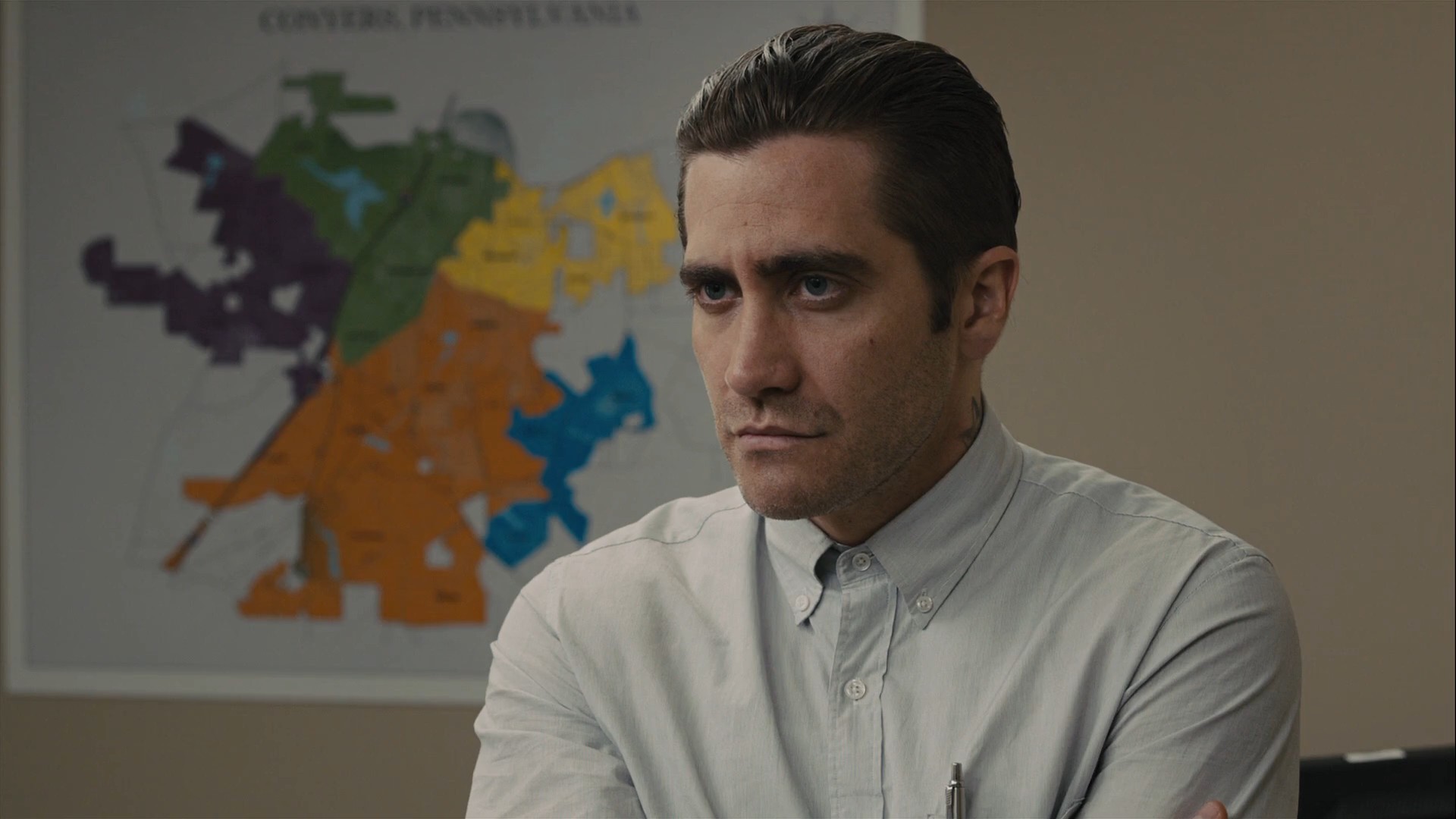
Mediocre movies are easy to dismiss. They come and go routinely, and we watch them and forget about them without a second thought. Because they take few risks, their successes and failures are similarly unremarkable, and, consequently, they’re consumed dispassionately without a second thought.
Then there are movies too extraordinary to disappear into obscurity but too imperfect to be cherished. Movies that would have been exceptional if not for crucial missteps made along the way. Watching them feels like watching a butterfly of distinguished beauty hatching from its cocoon with a broken wing and knowing it will never take flight.
You know the feeling: they’re movies you want to love (and maybe even do love), but you still can’t help but feel disappointment over what could have been. Here are ten of those masterpieces-that-almost-happened.
1. Videodrome
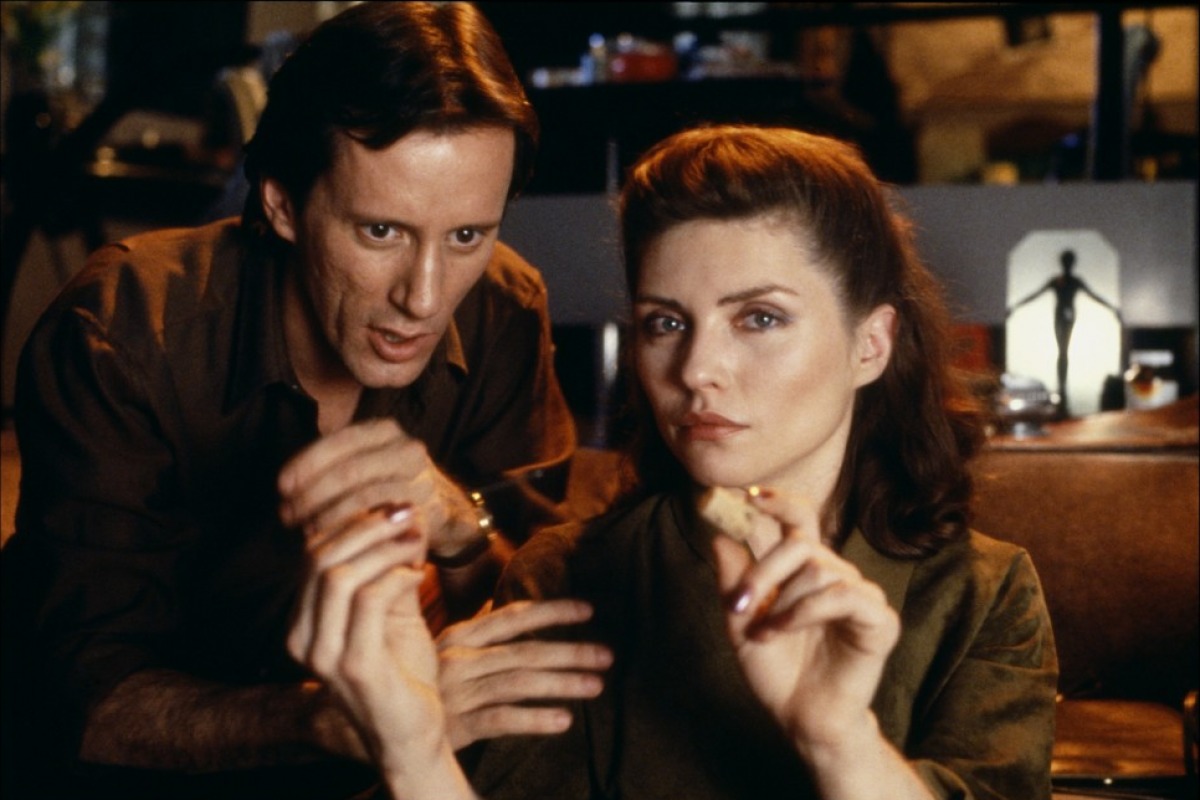
“Videodrome” has everything you could want in an 80s sci-fi/horror movie – campiness, gore, animatronics (among other creepy practical effects), social commentary that’s still relevant today, and David Cronenberg sitting in the director’s chair.
The story is about Max, an amoral television programmer who intercepts a mysterious broadcast of what appears to be a plotless show depicting extreme violence and torture. He’s immediately drawn to the broadcasts mysteries, but more he tries to learn about it, the stranger his findings become and the more he loses his grip on reality.
Max hallucinates throughout the story, making him an unreliable narrator (and the story that much more difficult to interpret). This works quite well aesthetically, because the viewer is being deceived with the narrator, not by the narrator, which helps us empathize with his struggle; our confusion mirror’s his. What takes this story to the next thematic level, though, is that the parallel between audience and protagonist extends to their similar intentions.
Just as Max is deceived and controlled by videodrome, so too are we deceived and controlled by corrupt corporate media. Even though Max knows videodrome is dangerous, he can’t help but go back for more, and neither can we.
What’s problematic about the film’s liberal use of hallucination as a storytelling device is that it leaves little to ground us in the film’s reality. Max first watches videodrome footage in the film’s eighth minute, meaning anything depicted after that point is plausibly in his head. Very few lifelines, if any, are thrown to the audience to help sort out what’s real and what’s not.
Consequently, the meanings of the film’s symbols are obfuscated, and not in a good way. If there’s ambiguity present in a story, it’s expected that any of the possible realities within that ambiguity will somehow contribute to the story’s arc. “Videodrome,” however, has multiple instances where the reality or fantasy of certain events can fundamentally disrupt the film’s premise.
Disorientation can indeed be an asset, but not if it extinguishes all traces of coherence.
2. Gangs of New York
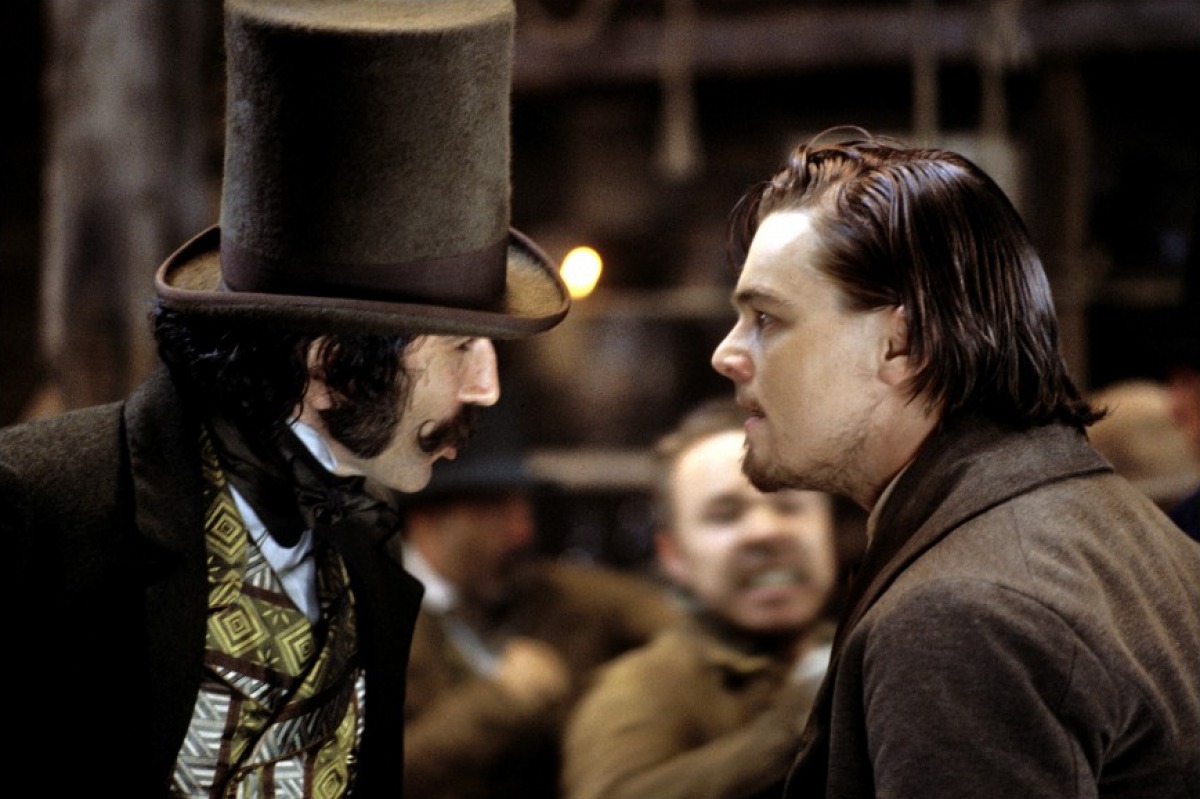
For another list of almost-masterpieces, look no further than the entire filmography of Martin Scorsese, (provided you subtract the five or six of his actual masterpieces). Chief among his not-quites is “Gangs of New York,” the 2002 historical drama about xenophobia and unrest among factions of working class Christians in New York. Directorially, it’s undeniable that this is among Scorsese’s highest achievements.
It’s beautifully shot within exquisite, lived-in set pieces, taking zero digital shortcuts to maintain its gritty realism. There are no CGI bodies to be found in the epic war scenes between gangs. There are only actors—hundreds of them, decorated by virtuosic costume design—who’ve been choreographed to chaotic perfection.
Speaking of perfection, Daniel Day-Lewis. No living actor is as capable of lending credibility to whatever project he works on as this man. As with his performance in “There Will Be Blood,” DDL didn’t practice method acting in “Gangs” so much he welcomed demonic possession.
To prepare for his role as Bill “The Butcher” Cutting, a brutally violent kingmaker and leader of the protestant ‘Nativists,’ he trained for months with an experienced butcher to become convincingly skilled with knives, and he refused (as always) to break character while on set.
He even went so far as to pick fights with strangers outside bars at nighttime after shooting, and when he fell ill while shooting in Italy, he refused a warmer coat than his character’s because warmer coats didn’t exist in the 1800s. Some may call these tactics extreme, but those who have seen him in action know that such an assessment is objectively incorrect.
Where the film misses the mark is in everything surrounding Leonardo DiCaprio’s character, Amsterdam. DiCaprio gives a committed performance, but, standing across from a Day-Lewis (or a Gleeson, or Reilly, or Broadbent), his limits as an actor (at least in 2002) are apparent.
Most detrimental to his character, though, is the fact that most of his second-act development seemed to end up on the cutting room floor. Scorsese has said that the cut of the film he wanted was an hour longer than what the studio allowed, and it shows.
After being outed as a traitor and severely beaten by the Butcher, Amsterdam goes from a disheartened outcast to reinvigorated gang leader in the span of about ten minutes. Very little is shown of how he earned his stripes as a leader or how he was able to effect change. More than anything, it’s the death of Brendan Gleeson’s character that propels the film into its final conflict, and when the final showdown does happen, its result is devoid of the catharsis you expect.
3. Brick
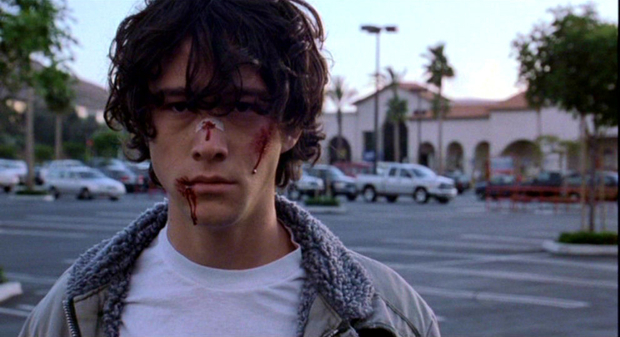
It’s hard to believe the director of the next Star Wars movie started his feature film career off with “Brick,” a delightfully strange noir story set in a California High School. It’s a detective story reminiscent of “The Maltese Falcon” (except this one’s about kids), wherein Joseph Gordon-Levitt becomes a gumshoe when he receives a distressing call from his ex-girlfriend who later turns up dead.
Johnson also wrote the screenplay, which is slick and stylized beyond any doubt that this is foremost a genre picture. The events of the film are totally implausible, but the delivery is clever enough and radically original enough that when the film tells us to embrace it, we do.
Make sure to turn your subtitles on, though. The mannered delivery of Brick’s dialogue is par for the course when it comes to noir, so that’s to be expected, but with a plot as complicated as it has, it’s crucial that the audience at least be able to understand what’s being said. Unfortunately, Johnson had everyone deliver their lines so quickly (and often under their breath) that it would be a miracle if you understood every line. Subtitles truly are a necessity.
4. Five Easy Pieces
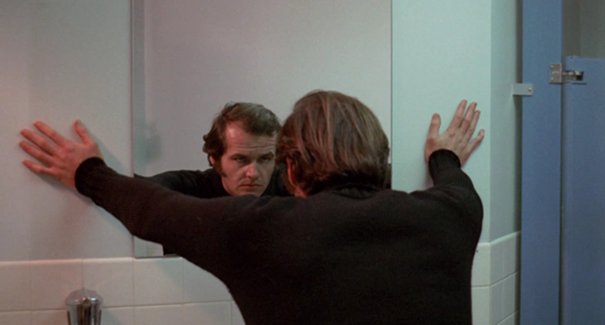
Before Jack Nicholson’s career reached its peak in eyebrowiness, it reached its peak in understatement with his performance in “Five Easy Pieces.”
It’s a film that lives or dies by the quality of its lead performer, and Nicholson delivers a performance as nuanced as any other in his career. He plays the working-class Bobby Dupea, an emotional and literal vagabond too insecure and sarcastic to confront his own demons. Nicholson conveys Bobby’s masked fragility with impressive subtlety, trusting in the audience’s intelligence and rewarding its insight.
So too does director Bob Rafelson make a successful leap in telling a story that tends to meander but is thematically better for it.
As the film progresses, we learn that Bobby’s defense mechanisms are partially born of his disappointment over being a failed pianist. The insecurity over his failure manifests itself in a misplaced sense of classism, and he directs his anger toward the wrong people, particularly his well-meaning, if uncomprehending, girlfriend.
We find out in the film’s second half that his proletarian lifestyle to which he so desperately clings has been tainted by his upper class father’s unfulfilled expectations of him as a pianist, but because he resents his family’s bourgeois lifestyle more than anything else, he’s doomed to always be a fish out of water. He resents what he has become but doesn’t know how to be anything else.
How the film loses its way is that it expects the audience to join in on Bobby’s laughs when he belittles and abuses the women he encounters. Most notable is the iconic, “hold-it-between-your-legs” diner scene in which Bobby is incredulous as to why he can’t order what he wants.
He perceives this offense as another example of the system holding him back, and he lashes out at the least appropriate of targets, his server. The scene plays out to a perverse conclusion, and because he’s so quick-witted and articulate, we’re expected to give the world-weary protagonist a pass.
5. Burn After Reading
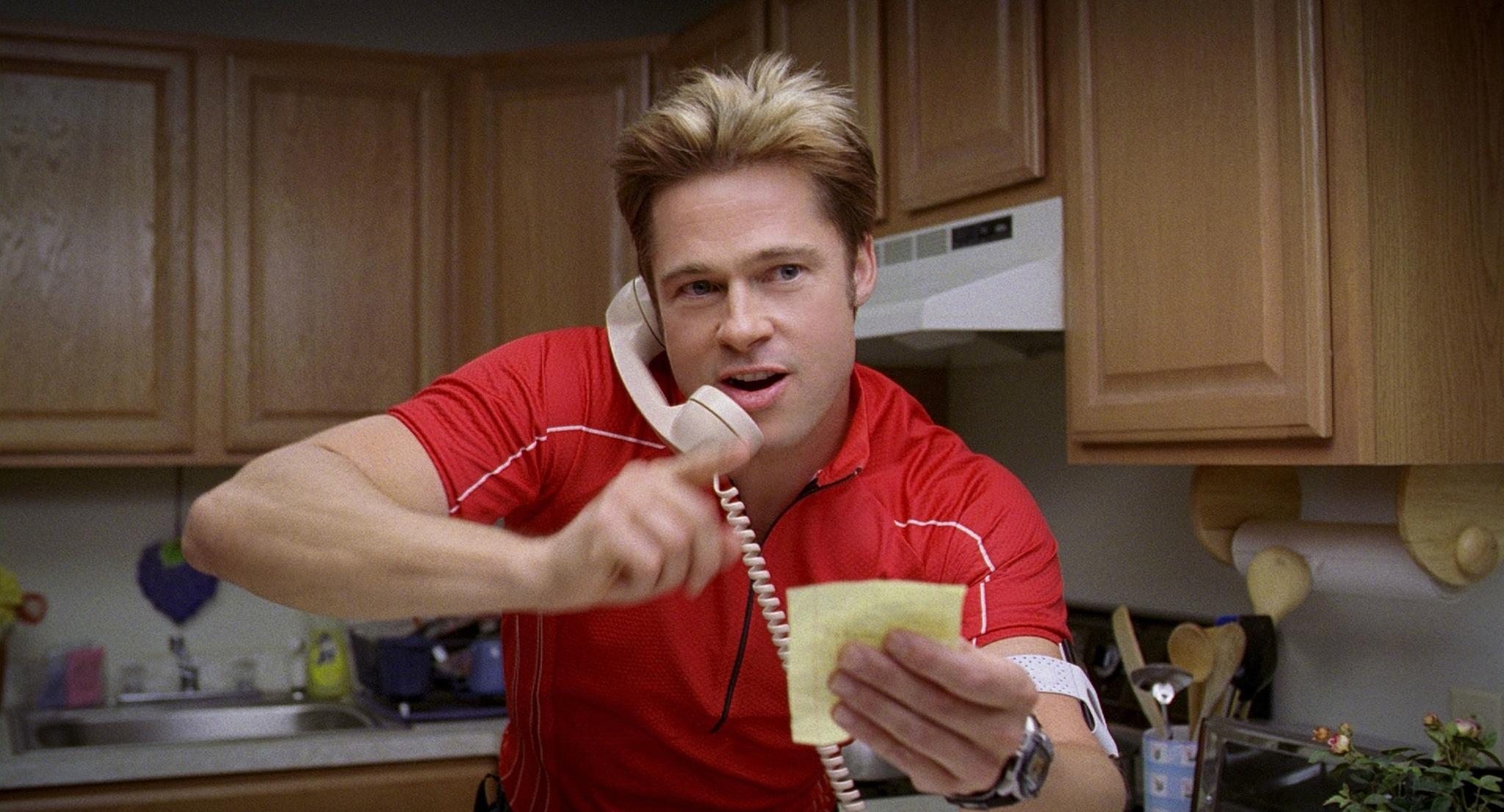
Coming off of “No Country For Old Men,” the Coen brothers decided to go back to lighter, more comedic work for a while and made “Burn After Reading,” a farce of wince-inducing proportions but, like most things the Coen’s touch, with a stroke of genius. It follows a couple of gym employees and the CIA agent whose memoirs they’re trying to sell (which is as absurd as it sounds).
After botched meetings and confrontations, things go from bad to worse and a whole lot of people die. Few filmmakers have insights into the chaos of existence quite like the Coens do, and the idea is more potent here than in any of their other films. With their wonderfully complex screenplay, they convey in a warped but convincing way that small, often benign, behaviors can create a cascade of adverse effects.
Hiding underneath all the whimsy though is a deeply, deeply cynical and downright nihilistic story. At its core, it’s a darker film than “No Country For Old Men” because the latter at least reserved some faith in humanity.
Even granting nihilism’s validity, if the world is inherently in turmoil, is that really something we ought to find funny? “Burn After Reading” seems to think so. Its characters are goofy and genuinely hilarious, but by the end we realize that we’re laughing at the adversity and deaths of naïve, confused, and, in some cases, probably mentally ill people. If you feel a little ill at the end of the movie, this is why.